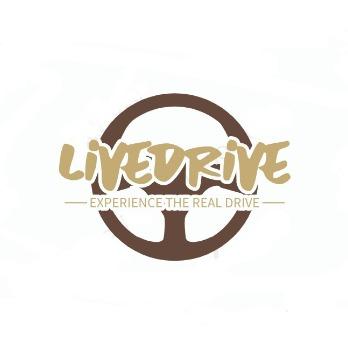Live Drive
Our project tends to make all the newbie travellers to feel like home wherever and however they travel. The project aims to give a safe and comfortable travel to our users
Created on 26th May 2024
•
Live Drive
Our project tends to make all the newbie travellers to feel like home wherever and however they travel. The project aims to give a safe and comfortable travel to our users
The problem Live Drive solves
Our project tends to make all the newbie travellers to feel like home wherever and however they travel. The project aims to give a safe and comfortable travel to our users
Challenges we ran into
Challenges and Solutions
Data Accuracy
One of the primary challenges in developing a virtual driving simulator using Google Maps Street View is ensuring the accuracy and completeness of the data. Google Maps Street View provides extensive and detailed imagery, but the data is not always up-to-date or fully comprehensive for every location. This can result in inconsistencies or missing segments in the virtual environment, potentially detracting from the realism and immersion of the experience. To address this, the simulator will implement a system for regular updates, ensuring that the data is as current as possible. This involves periodically fetching the latest imagery and street data from Google Maps, integrating these updates seamlessly into the game. Additionally, sophisticated algorithms will be developed to handle scenarios where data might be missing or outdated. These algorithms can interpolate or estimate missing information based on surrounding data, maintaining the continuity and realism of the virtual environment.
Performance Optimization
Rendering large, detailed environments in real-time can be highly resource-intensive, posing a significant challenge for maintaining smooth performance. To overcome this, performance optimization techniques such as Level of Detail (LOD) rendering will be employed. LOD rendering involves dynamically adjusting the complexity of the 3D models and textures based on their distance from the camera. Objects that are far away from the player are rendered with lower detail, conserving computational resources, while those close to the player are rendered in high detail. This approach ensures that the game runs smoothly without compromising on visual fidelity. Furthermore, efficient memory management techniques will be implemented to minimize loading times and reduce the overall strain on the system’s resources. This includes optimizing texture streaming, reducing unnecessary data processing, and utilizing multi-thread
Tracks Applied (1)
